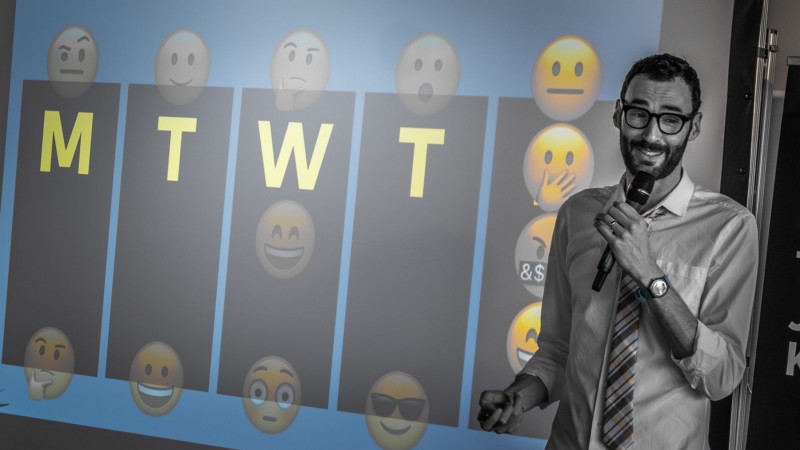Aiming for a human-centered approach implies (sometimes) to think about what we do and how we do it.

Editor’s Note
Hi, Kevin again.
Hope you’re doing well. Lately, I went a bit deeper into critically thinking about design. Not just Design per se, but more on our relationships with the tools, methods, processes, and the people that help us to “design”.
As I wrote recently, beliefs are everywhere. However, we can make a difference between informed beliefs, based on research & actual evidence, and blind or ignorant beliefs.
Sometimes we like so much some of our beliefs, we tend to ignore or dismiss contradictory (or lack of) evidence. Worse, we can elaborate erroneous reasoning to justify our likes/beliefs, which can ultimately spread false information. This is human and this clearly applies to designers as well 😒(including me). Being aware of our cognitive bias and using the tools of critical thinking (and skepticism) to look at our knowledge can help us assess and elevate its quality, in a humble and human way.
Interestingly, this follows recent big topics in the field, such as striving for a more ethical and responsible way to design and create value. How can we do that if it’s not by thinking better about what we do and how we do it? And if not us, who’s gonna do it? And surely, we need to include all other related fields in this reflection.
The lure of the “doing” should not be an excuse for dismissing our responsibilities against the consequences of what we’re creating, either positive or negative.
Anyway, you should not agree with me and that’s great. Just think about it, elaborate your arguments, and share your thoughts in the comments! 😉
HCT Updates
To close up this already too long note, I’d like to share some updates about the publication: As you may know, I wish to create a community of “critical human-centered design thinkers” (the name can be improved 😅). For that, I recently opened up the possibility for anyone to submit articles to the publication. I’m also currently thinking about creating a space for discussions (like a Slack?). Let me know what you think 👉 @KevinRichard_CH
Cheers!

A Critical Analysis Of The Design Sprint’s Argumentation
The Design Sprint approach is quite trendy and aims to answer any teams, companies, and organizations’ challenges. Many are willing to try it, often as a way to kickstart “a design mindset” within their organizations. However, most of the arguments used by Design Sprint proponents to counter the main criticisms about the approach’s issues are either weak or purely rhetorical (and sometimes fallacious). There are no data or actual reliable facts currently available to prove or disprove any of the brought arguments and claimed effects.
This doesn’t mean we should not use design sprint at all. But being aware of the limitations and weaknesses of the approach is the right way to know when to use it and for what purposes.

Moving Design Decisions From Ego-Centered to User-Centered.
As I like to say quite often here, companies and businesses –and the people working there– are full of beliefs. Beliefs that have been built over time, through successes and failures. The belief that, for instance, acting in a certain way will more likely lead to success. Beliefs about how users and customers behave, about what they think, or about how they decide to buy your product. And as social sciences have demonstrated, context influences people thoughts, behaviors, and decisions much (much) more than one would think.
All these existing beliefs in organizations predefine how people behave, act, and make decisions. This is called a paradigm. When we want to change a paradigm we often focus on the people. However, as said, the context (or environment) plays a critical role by driving how people behave.

Everyone Is A Designer, You’re A Facilitator.
James, a fellow designer, believes in this idea that a designer possesses a certain higher knowledge and sophisticated skills learned from a small group of insiders, and presumably enjoys all-mighty powers allowing him to make the right decisions based on his own omniscient judgment and well-trained intuition. And James’ position is symptomatic of an opinion shared by a part of the design community. Unfortunately, it is not only outdated and elitist, but it also makes a lot of harm to the real value of design for companies.
I consistently see the designer’s role like a facilitator, an enabler by empowering teams to have a user-centric mindset, to practice UX methods, to “act like designers” — they’re the designers, as much as you are — and then to trust them to make good (read well thought and informed) decisions.
Thanks for reading and see you soon for more Human Centered Thinking! 🙌












Discussion